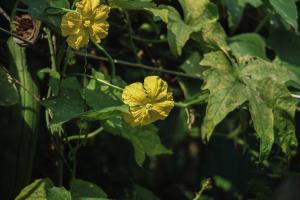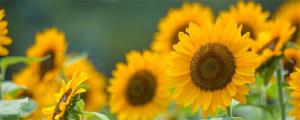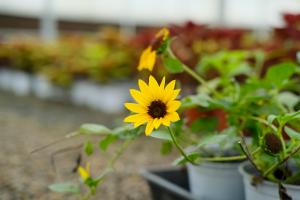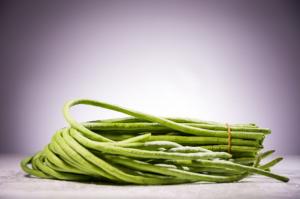Is Dieffenbachia a Good Indoor Plant?
Dieffenbachia is a popular and easy-to-care-for indoor plant that is known for its lush foliage and striking appearance. But is it a good plant for indoor gardening? Let's take a closer look at the pros and cons of growing Dieffenbachia indoors.
Pros of Growing Dieffenbachia Indoors
One of the main advantages of growing Dieffenbachia indoors is its low maintenance requirements. This plant is relatively easy to care for and can tolerate a wide range of environmental conditions, including low light and moderate to high humidity. Additionally, Dieffenbachia is a relatively fast-growing plant that can quickly fill out an empty space and add a touch of green to any room.
Another benefit of growing Dieffenbachia indoors is its ability to purify the air. Like many other indoor plants, Dieffenbachia is a natural air purifier that can help to remove harmful pollutants from the air, such as formaldehyde and benzene. This makes it an excellent choice for those who suffer from allergies or respiratory problems.
Cons of Growing Dieffenbachia Indoors
While there are many benefits to growing Dieffenbachia indoors, there are also some drawbacks to consider. One of the main cons is its toxicity. Dieffenbachia contains a toxic substance called calcium oxalate, which can cause severe irritation and swelling if ingested. This makes it important to keep the plant out of reach of children and pets.
Another potential downside of growing Dieffenbachia indoors is its susceptibility to pests and diseases. This plant is prone to infestations of spider mites and mealybugs, which can be difficult to control. Additionally, Dieffenbachia is susceptible to root rot if overwatered or if the soil is kept too wet for too long.
Tips for Growing Dieffenbachia Indoors
If you are considering growing Dieffenbachia indoors, there are a few tips to keep in mind to ensure its health and vitality. First, make sure to place the plant in a location where it will receive bright, indirect light. Direct sunlight can scorch the leaves and cause them to turn brown or yellow.
Second, be sure to water the plant regularly, but make sure not to overwater. Allow the soil to dry out slightly between waterings, and be sure to empty any excess water from the saucer to prevent root rot.
Finally, keep an eye out for signs of pest infestation or disease. Regularly inspect the plant for any signs of spider mites or mealybugs, and treat them promptly with an insecticidal soap or other natural remedy. Additionally, be sure to inspect the leaves and stems for any signs of brown spots, which can be a sign of bacterial or fungal disease.
Conclusion
In conclusion, Dieffenbachia can be a good indoor plant for those looking for a relatively low maintenance plant that can purify the air and add some green to their home or office. However, it is important to keep in mind the plant's toxicity and susceptibility to pests and disease, and to take proper care to keep it healthy and thriving.

 how many times do yo...
how many times do yo... how many planted tre...
how many planted tre... how many pine trees ...
how many pine trees ... how many pecan trees...
how many pecan trees... how many plants comp...
how many plants comp... how many plants can ...
how many plants can ... how many plants and ...
how many plants and ... how many pepper plan...
how many pepper plan...































